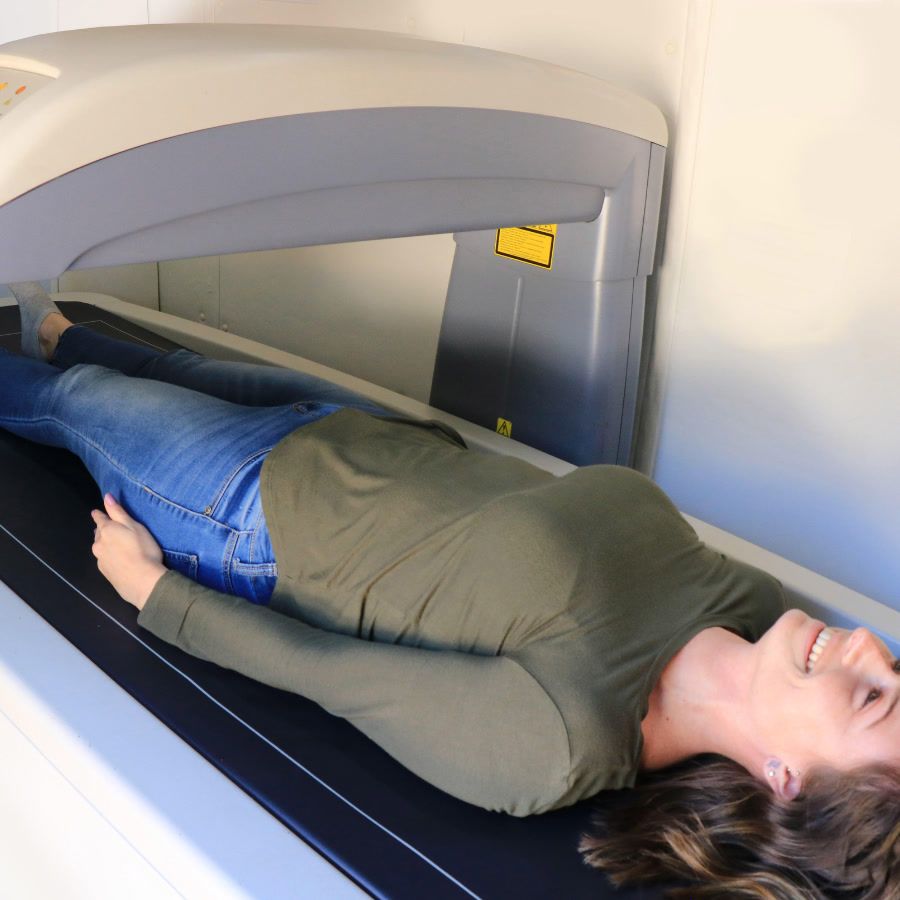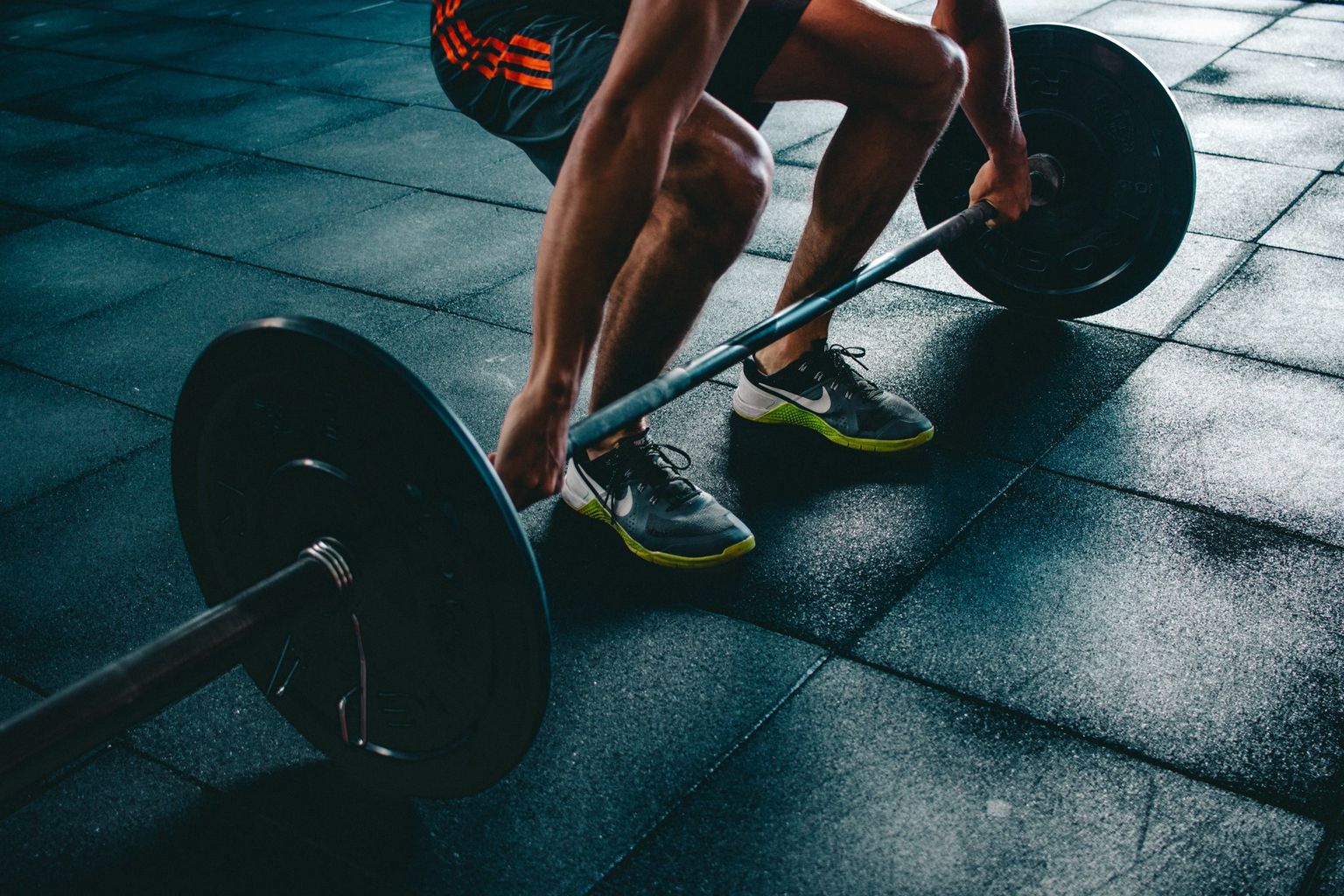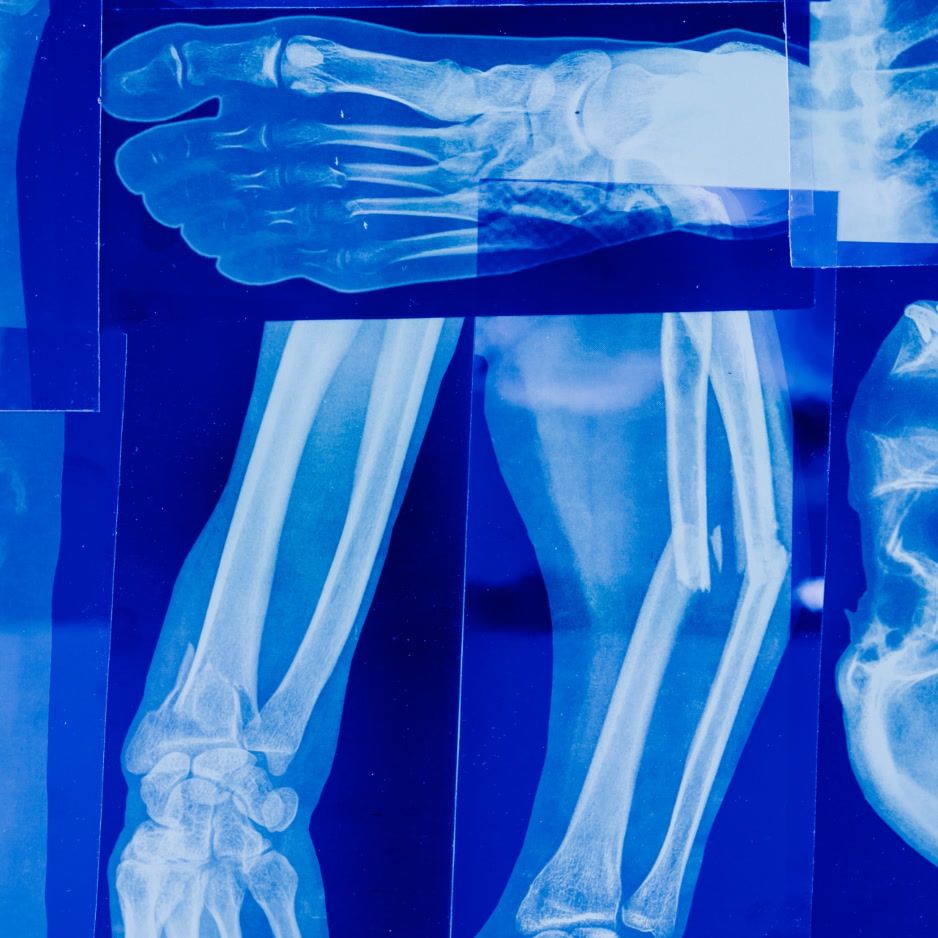Whole30 Guide: Rules, Food List & 30-Day Meal Plan
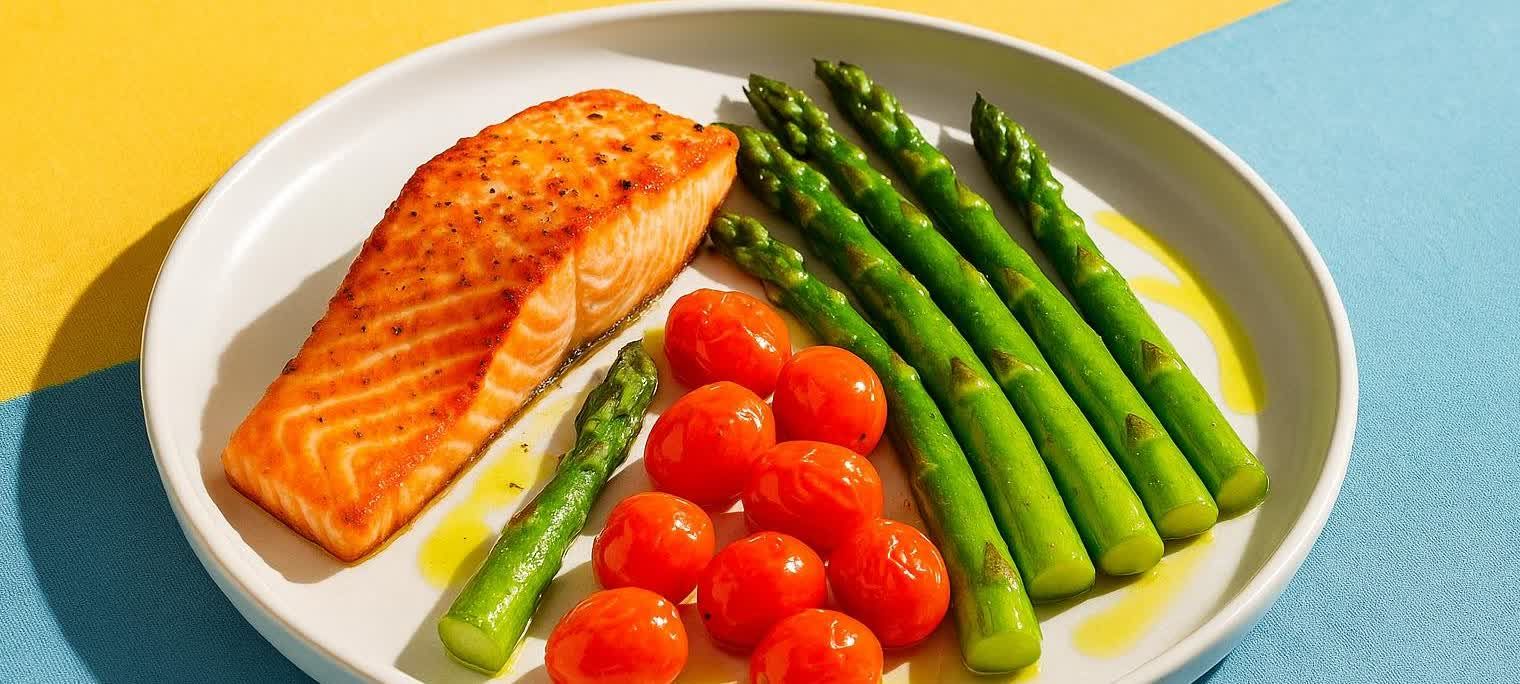
Whole30 Guide: Rules, Food List & 30-Day Meal Plan
Tired of scrolling conflicting nutrition advice and still feeling sluggish? The Whole30 elimination diet offers a 30-day “reset” built on real, whole foods. It helps you discover which ingredients make you feel amazing—and which ones hold you back.
In this complete guide you’ll learn:
- The official Whole30 rules (and the sneaky gray-area foods that trip people up)
- An allowed vs. off-limits food list
- A sample 30-day meal framework + prep tips
- How to measure results without stepping on a scale—including why many participants get a BodySpec DEXA scan before and after the challenge
- The potential benefits and drawbacks, based on available research, plus a practical timeline for reintroduction
What Is Whole30?
Created in 2009 by sports nutritionist Melissa Hartwig Urban, Whole30 is a 30-day elimination diet that temporarily removes foods most likely to cause cravings, inflammation, or digestive distress. For one month you’ll avoid added sugar (real or artificial), alcohol, grains, legumes, dairy, and most processed foods. After 30 days you reintroduce those groups one at a time to see how your body reacts.
Think of it as a dietary control-alt-delete. By stripping out common irritants, you create a clean baseline—making it easier to detect whether, say, cheese triggers bloating or if nightly wine sabotages sleep.
“Whole30 prompts people to pay closer attention to their bodies,” notes registered dietitian Sharon Jaeger, RD, of Cleveland Clinic. “If symptom relief occurs during the elimination phase, the structured reintroduction helps pinpoint specific sensitivities.” (Cleveland Clinic)
Whole30 Rules at a Glance
- Eliminate for 30 days: No slips, cheats, or “just one bite.” A single misstep resets the clock.
- No added sugar: Includes honey, maple syrup, agave, coconut sugar, and artificial sweeteners like sucralose or stevia.
- No alcohol: In cooking or drinking.
- No grains: Wheat, oats, rice, corn, quinoa, etc.
- No legumes: Beans, lentils, peanuts, soy, and all forms of soy sauce. (Green beans, snap peas, and snow peas are the lone exceptions.)
- No dairy: Cow, goat, or sheep milk products.
- No carrageenan, MSG, or sulfites.
- Do not recreate baked goods or junk food with “approved” ingredients (e.g., almond-flour pancakes).
- No stepping on the scale or taking body measurements until Day 31.
- Reintroduction matters: Systematically test each eliminated group after the 30 days.
Allowed vs. Off-Limits Foods
| Category | Allowed Examples | Off-Limits Examples |
|---|---|---|
| Protein | Grass-fed beef, pasture-raised chicken, turkey, pork, wild-caught fish, shellfish, eggs | Breaded chicken tenders; cured bacon with added sugar |
| Vegetables | All fresh, frozen, or canned veggies (including potatoes) | Corn, lima beans |
| Fruit | Any fresh or frozen fruit | Fruit juice concentrates, dried fruit with added sugar |
| Healthy Fats | Olive oil, avocado, coconut milk, ghee, tree nuts | Corn oil, soybean oil |
| Beverages | Water, sparkling water, black coffee, plain tea | Alcohol, sweetened drinks, dairy milk |
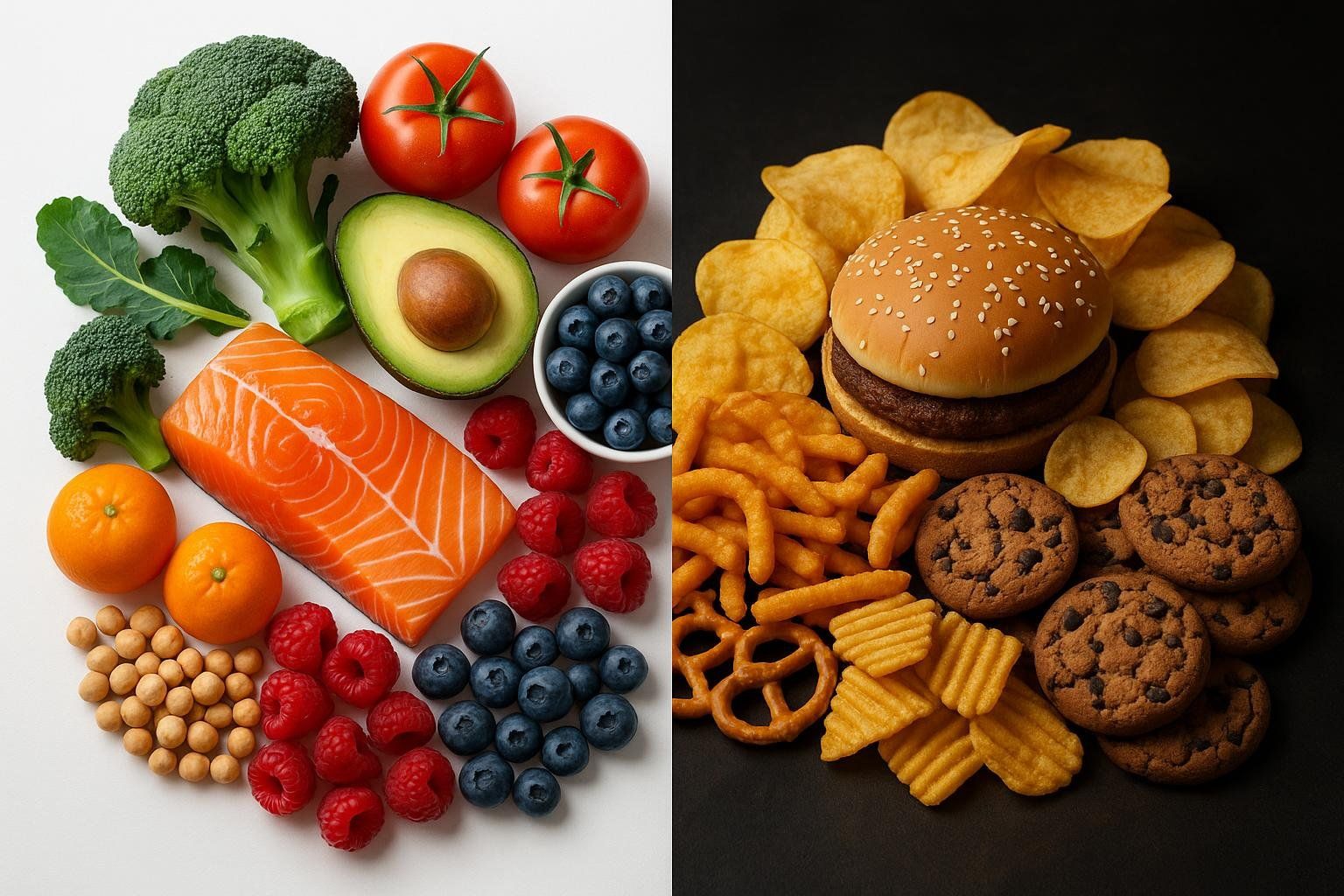
Sample Daily Meal Framework
Whole30 doesn’t provide an official meal plan, but the template below shows how a balanced day can look. Adjust portions to your hunger and activity level.
| Meal | Example |
|---|---|
| Breakfast | Three-egg veggie scramble in ghee; mixed berries |
| Lunch | Chicken thigh salad with greens, roasted sweet potato, avocado, olive-oil vinaigrette |
| Snack (optional) | Almonds with sliced apple |
| Dinner | Pan-seared salmon with zucchini noodles and roasted Brussels sprouts |
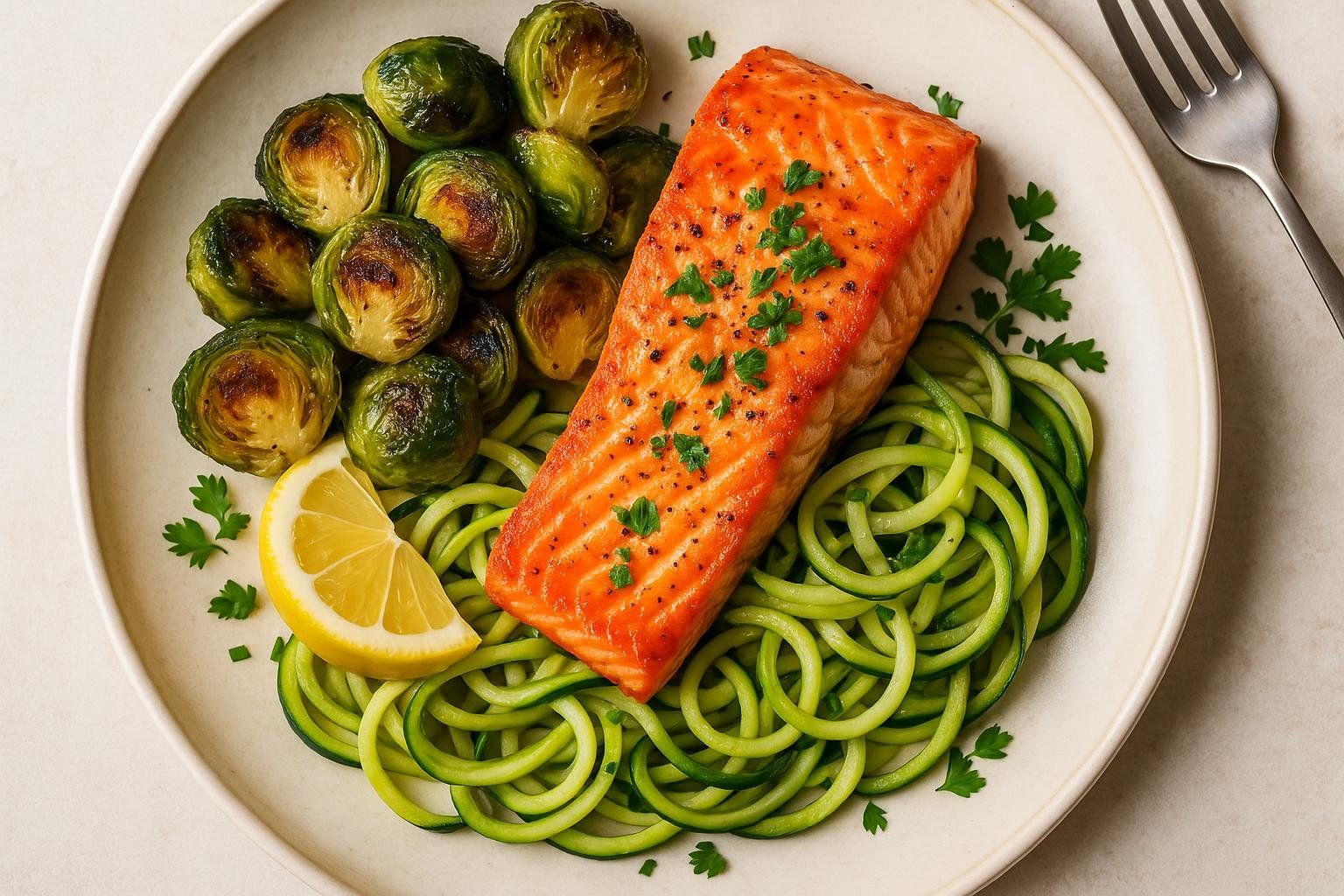
Meal-Prep Tips for Busy Schedules
- Cook once, eat twice: Grill a week’s worth of chicken or salmon and store in glass containers.
- Sheet-pan veggies: Roast large batches of broccoli, carrots, and sweet potatoes on Sunday.
- Emergency freezer stash: Keep shrimp, frozen cauliflower rice, and steam-in-bag veggies on hand for five-minute dinners.
- Whole30-friendly sauces: Chimichurri, compliant salsa, or coconut-milk curry instantly level-up leftovers.
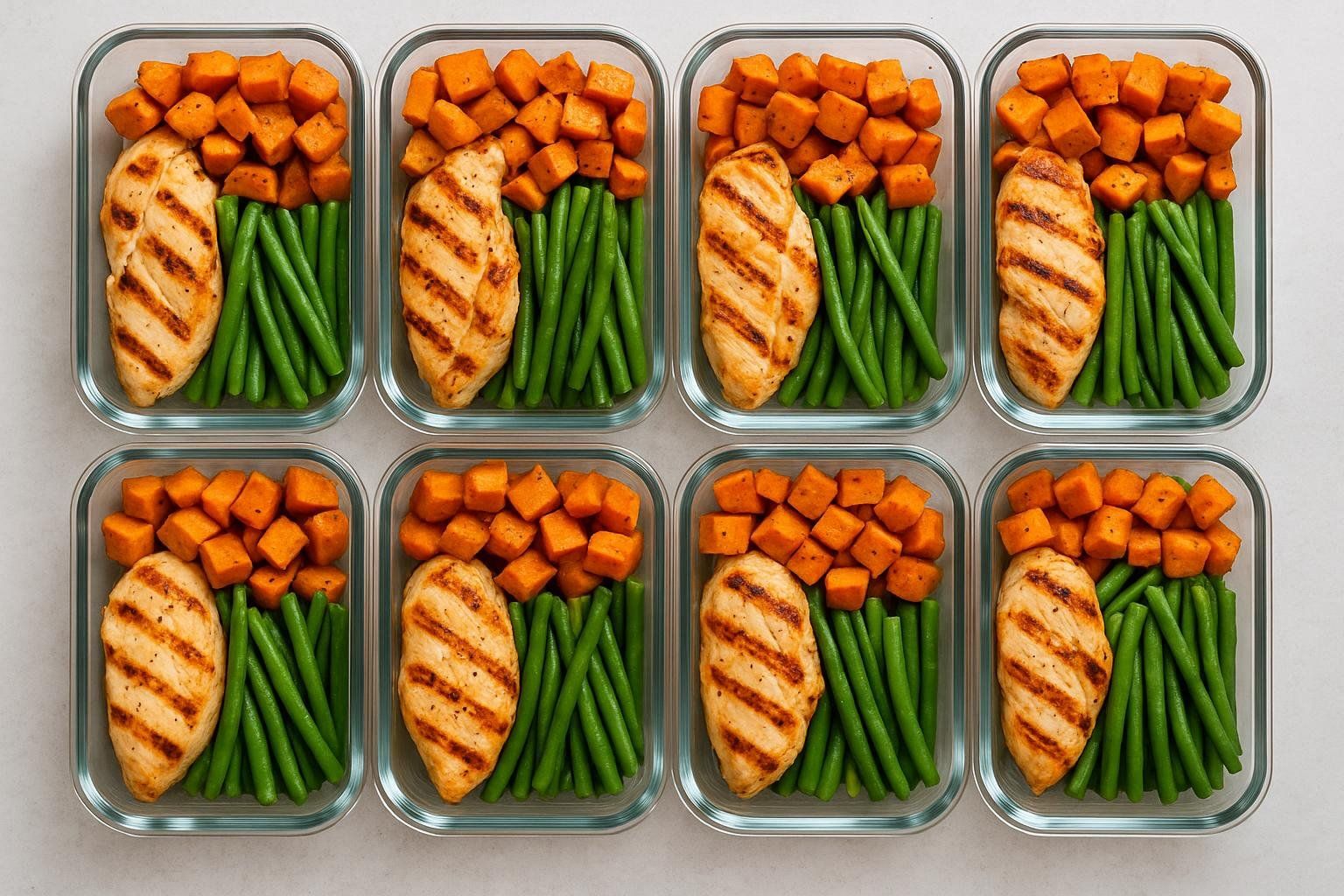
Need more high-protein inspiration? Browse our 65-idea list of healthy snacks or this high-protein, low-carb food guide.
Why Whole30 Bans the Scale—But We Love DEXA Scans
Obsessing over weight can distract from non-scale wins like clearer skin or pain-free joints. That’s why Whole30 asks you to stash your scale until Day 31.
But body-composition insights before and after the program can be incredibly motivating—without daily weigh-ins. A BodySpec DEXA scan measures:
- Fat mass vs. lean mass—so you know if pounds lost came from fat, muscle, or water.
- Visceral fat levels, the deep “organ-hugging” fat linked to metabolic risk.
- Bone density, helpful if you’ve axed calcium-rich dairy.
Scheduling a quick 7-minute scan the day before you start and again on Day 31 can help you quantify changes and fine-tune your post-Whole30 eating plan.
Potential Benefits (What the Science Says)
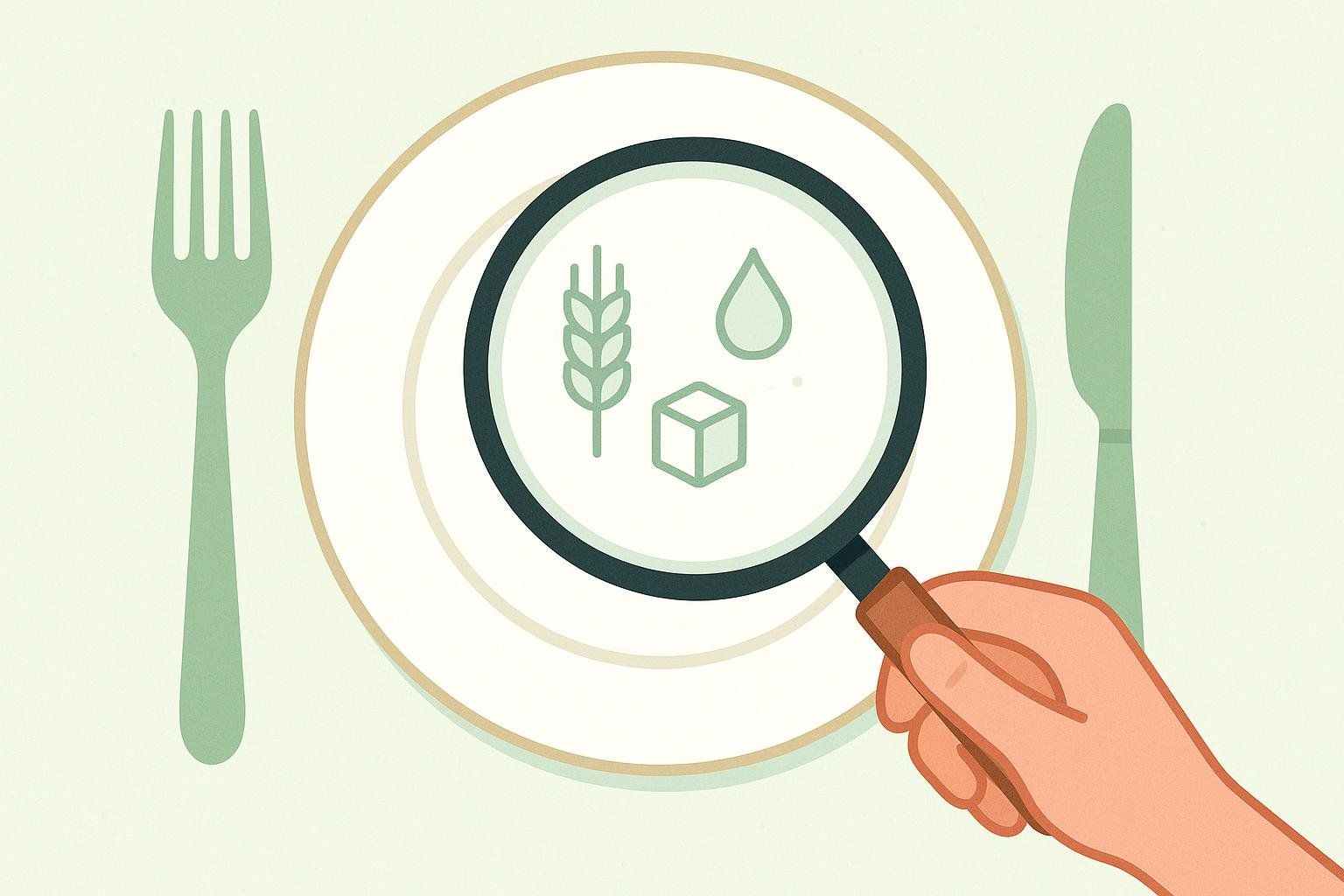
| Proposed Benefit | Evidence/Notes |
|---|---|
| Improved digestion | Elimination diets can reduce IBS-related symptoms (Banner Health). |
| Reduced cravings & stabilized blood sugar | Limiting added sugars helps regulate glucose swings and dampen cravings (Harvard Health). |
| Weight loss | 95 % of participants reported losing weight, according to a Whole30 internal survey (not peer-reviewed) cited by Texas Health. |
| Better sleep & energy | Self-reported improvements in sleep quality and energy (data collected by program creators; no independent study) (Whole30 Science). |
| Identification of food sensitivities | Structured elimination and reintroduction is a gold-standard method for pinpointing trigger foods. |
Important caveat: Long-term data are limited, and restrictive diets can be challenging to maintain. Always consult a healthcare professional before starting.
Common Pitfalls & How to Avoid Them
| Pitfall | Fix |
|---|---|
| Going in unprepared | Batch-cook proteins and stock compliant condiments before Day 1. |
| “Paleo-ifying” treats (banana pancakes) | Use Whole30’s no-SWYPO rule: enjoy whole foods, not desserts in disguise. |
| Under-eating carbs | Include starchy veggies (potatoes, plantains) to fuel workouts—especially if you follow high-intensity training. |
| Social sabotage | Suggest potluck dishes you can eat or preview restaurant menus for compliant options. |
| Quitting early | Join a Whole30 support group or recruit a buddy for accountability. |
The Reintroduction Phase (Day 31–45)
Whole30 isn’t complete until you systematically reintroduce each food group. Follow this timeline to isolate reactions:
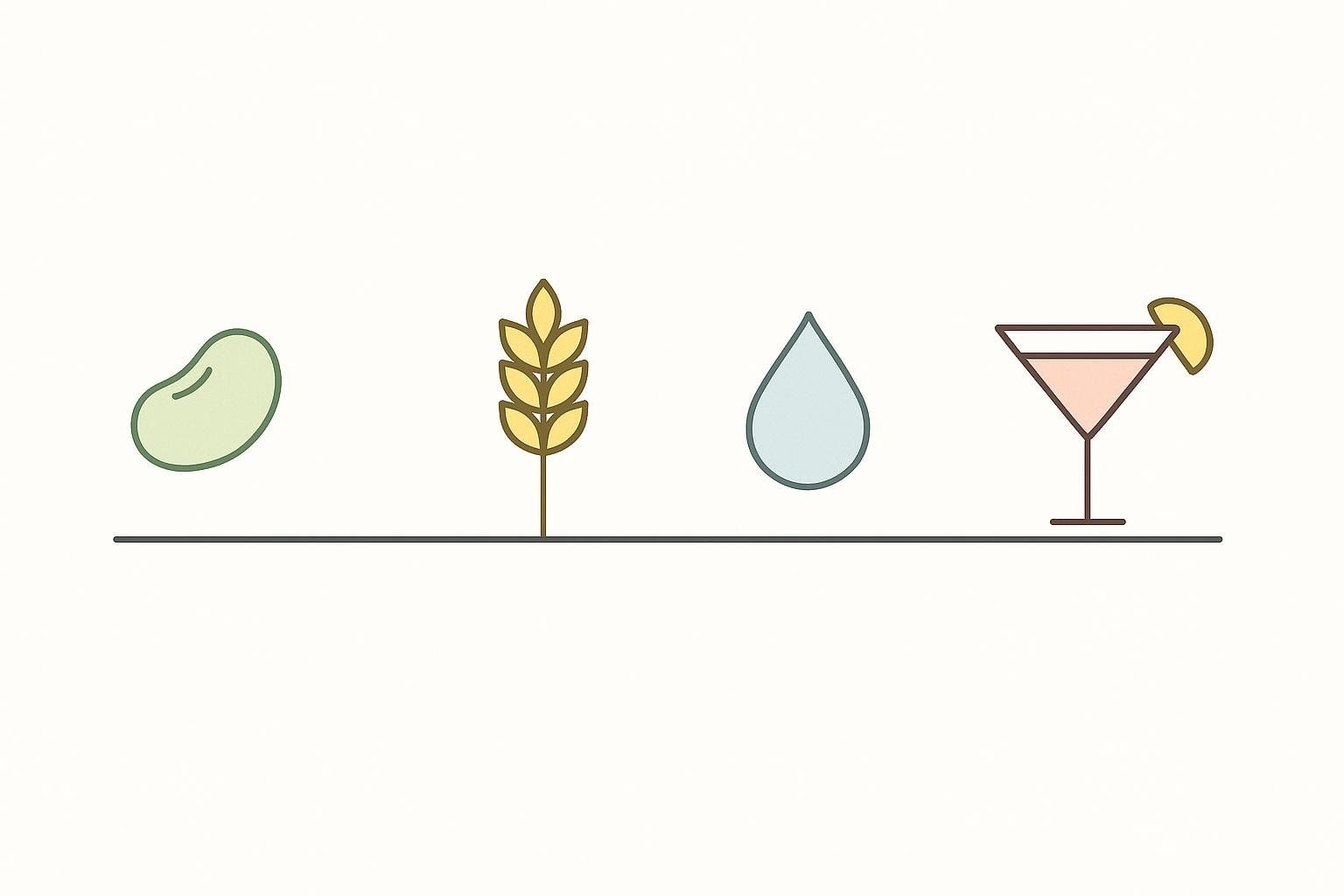
- Day 31: Legumes (peanut butter, black beans). Observe symptoms for 2 days.
- Day 34: Non-gluten grains (rice, oats, corn). Observe for 2 days.
- Day 37: Dairy (yogurt, cheese). Observe for 2 days.
- Day 40: Gluten-containing grains (wheat bread, pasta). Observe for 2 days.
- Day 43+: Alcohol & added sugars if desired.
Track energy, digestion, mood, and skin changes during this phase.
Whole30 vs. Paleo vs. Keto: Quick Comparison
| Whole30 | Paleo | Keto | |
|---|---|---|---|
| Duration | 30 days + reintro | Lifestyle | Lifestyle |
| Primary Goal | Reset, ID sensitivities | Ancestral foods, general health | Ketosis & fat loss |
| Carb Target | No counting | Moderate | Typically < 50 g/day |
| Dairy | Not allowed | Grass-fed butter sometimes allowed | High-fat dairy encouraged |
| Legumes | Not allowed | Not allowed | Allowed if carb budget permits |
| Scale Tracking | Discouraged | Optional | Common |

Want a deeper dive? Explore our Keto diet 4-week results guide or check out our CICO diet guide for another popular approach.
Whole30 FAQs
Is Whole30 safe for athletes?
Yes—if you eat enough starchy veggies and fruit to replace glycogen. Many CrossFit athletes use Whole30 to curb inflammation while maintaining performance.
Will I lose weight?
Weight loss is a common result reported by participants, but it’s not the main goal. A DEXA scan tells you whether weight changes came from fat vs. muscle.
Can I do Whole30 while vegetarian or vegan?
Possible, but tough. You’ll need eggs (ovo-vegetarian) or rely heavily on nuts and seeds for protein.
What happens if I mess up on Day 15?
Per the rules, you restart the 30-day clock—no exceptions.
Key Takeaways
- Whole30 is a strict—but informative—30-day elimination diet.
- Success hinges on preparation, from pantry clean-outs to social strategies.
- Measuring progress with BodySpec DEXA scans gives you data that scales can’t—fat vs. muscle vs. visceral fat.
- The reintroduction phase is non-negotiable; it’s where you harvest the real insights.
Ready to put theory into practice? Consider booking a pre-Whole30 DEXA scan, load up on compliant groceries, and return in 30 days to compare your body-composition results—no scale necessary.
